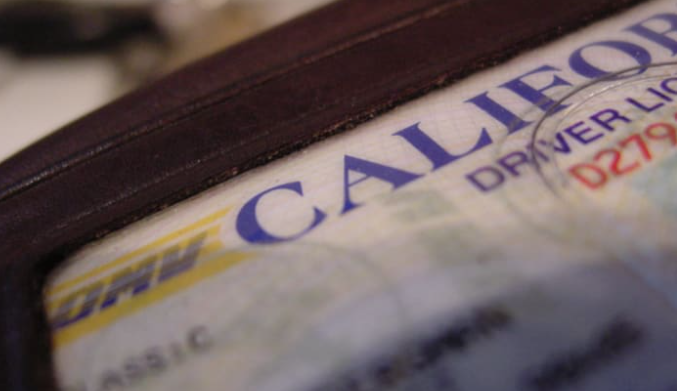Beginning May 1, employers will no longer be able to accept expired identity documents when verifying an employee’s work eligibility on Form I-9. The U.S. Department of Homeland Security (DHS) is ending its temporary COVID-19-related policy of allowing employers to use expired List B identity documents for I-9 purposes.
List B identity documents include driver’s licenses and state ID cards.
“Allowing employees to present these expired documents was a temporary policy instituted by the Department of Homeland Security in May 2020 to deal with the fact that various issuing authorities were not able to timely renew documents due to the COVID-19 pandemic,” said Amy Peck, an attorney in the Omaha, Neb., office of Jackson Lewis. “Now that issuing authorities are returning to more normal operations, this temporary policy is coming to an end.”
The DHS announcement comes with a new directive, however. Employers are required to update—by July 31—the I-9s of current employees who presented expired List B documents between May 1, 2020, and April 30, 2022.
Dawn Lurie, senior counsel in the immigration practice group of Seyfarth Shaw’s Washington, D.C., office, said the “cumbersome directive” mandating review of unexpired documents “was particularly disappointing given the near impossible task of tracking which states had extended the validity of documents and the shifting time frames for doing so.”
According to DHS:
- If the employee who presented an expired List B document is still employed, he or she must provide an unexpired document that establishes identity. “This could be a renewed version of the expired List B document that was previously presented, a different unexpired List B document, or an unexpired List A document [such as a U.S. passport or permanent resident card] that establishes both identify and work authorization,” Peck said.
- If the employee is no longer employed by the company, no action is necessary. In addition, no action is required if a List B document was auto extended by the issuing authority.
Peck said that upon presentation of the new document, the employer should enter the title, number, issuing authority and expiration date in the Additional Information Field of Section 2 of the Form I-9, and then initial and date that section of the form.
The Future of Virtual Review Is Uncertain
The DHS announcement does not address the separate COVID-19-related guidance allowing employers to review Form I-9 documents virtually. That flexibility remains in effect until at least April 30.
“The announcement signals to us that we are nearing the end of the COVID-19 relaxation of the in-person review policy, which means that companies should start to address the population of folks that were virtually completed,” Lurie said. “We believe the government is aware of the need for a runway at the end of the virtual I-9 policy, and we believe that they will be reasonable. In fact, we are extremely confident that a permanent virtual policy will be introduced by DHS, but very uncertain if it will remove the requirement for I-9s completed virtually during COVID to be updated with an in-person review.”
The latest DHS regulatory agenda includes plans to propose a new rule that would provide alternatives for the in-person inspection of identity and employment authorization documents in the I-9 process. The proposed rule is tentatively slated for publication in June.
“Many have requested that DHS continue this [virtual] policy indefinitely because remote work continues to play an important role in the workplace, even as companies return to more normal operations,” Peck said.
Lurie recommended that employers start to wean away from the virtual review process for the time being. “Companies that still have employees who have not returned to the office may wish to consider using the authorized representative process,” she said. That’s when a third party completes the I-9 on the company’s behalf.
“Remember the company is responsible for any violations, so the company should review these I-9s carefully,” Lurie said. “Either way, getting the jump on this and completing Form I-9 updates as soon as possible may relieve pressure once the virtual review policy ends.”
